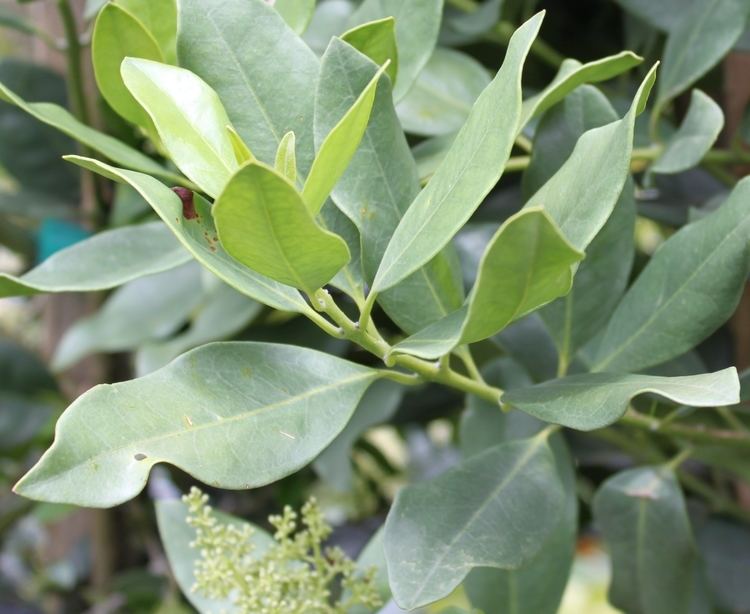Scientific name Olea capensis | Genus Olea Rank Species | |
 | ||
Similar Podocarpus latifolius, Ocotea bullata, Olea paniculata, Olea europaea subsp cu, Olea woodiana | ||
Olea capensis (syn. Olea undulata), also known by the common name black ironwood, is an African tree species belonging to the Olive family (Oleaceae). It is widespread in Africa, being found almost throughout Africa south of the Sahara from the east in Somalia, Ethiopia and Sudan, south to the tip of South Africa, and west to Cameroon, Sierra Leone and the Islands of the Gulf of Guinea, as well as Madagascar and the Comoros. It occurs in bush, littoral scrub and evergreen forest.
Contents

Olea capensis is known by a variety of common names including:
Description
The black ironwood is a bushy shrub, or a small to medium-sized tree, up to 10 metres (33 ft) in height, occasionally reaching 40 metres (130 ft).
Subspecies
The species has been divided into 3 subspecies:

Uses
Olea capensis has masses of sweetly scented bisexual flowers, that produce large edible fruits.
The wood of the tree is very hard, fine grained, and heavy, and although difficult to work, it is widely used for art and artifacts.
Olea capensis is cultivated as an ornamental tree in parks and gardens.
The Guinness Book of World Records lists this tree as the world's heaviest wood, with a specific gravity of 1.49. It is known for its tendency to sink in water, unlike other wood materials. It is also the one of the world's hardest woods according to the Janka hardness test. The timber has a good abrasion resistance and is very strong. It is an excellent turnery wood, and is used for a wide range of decorative items.
